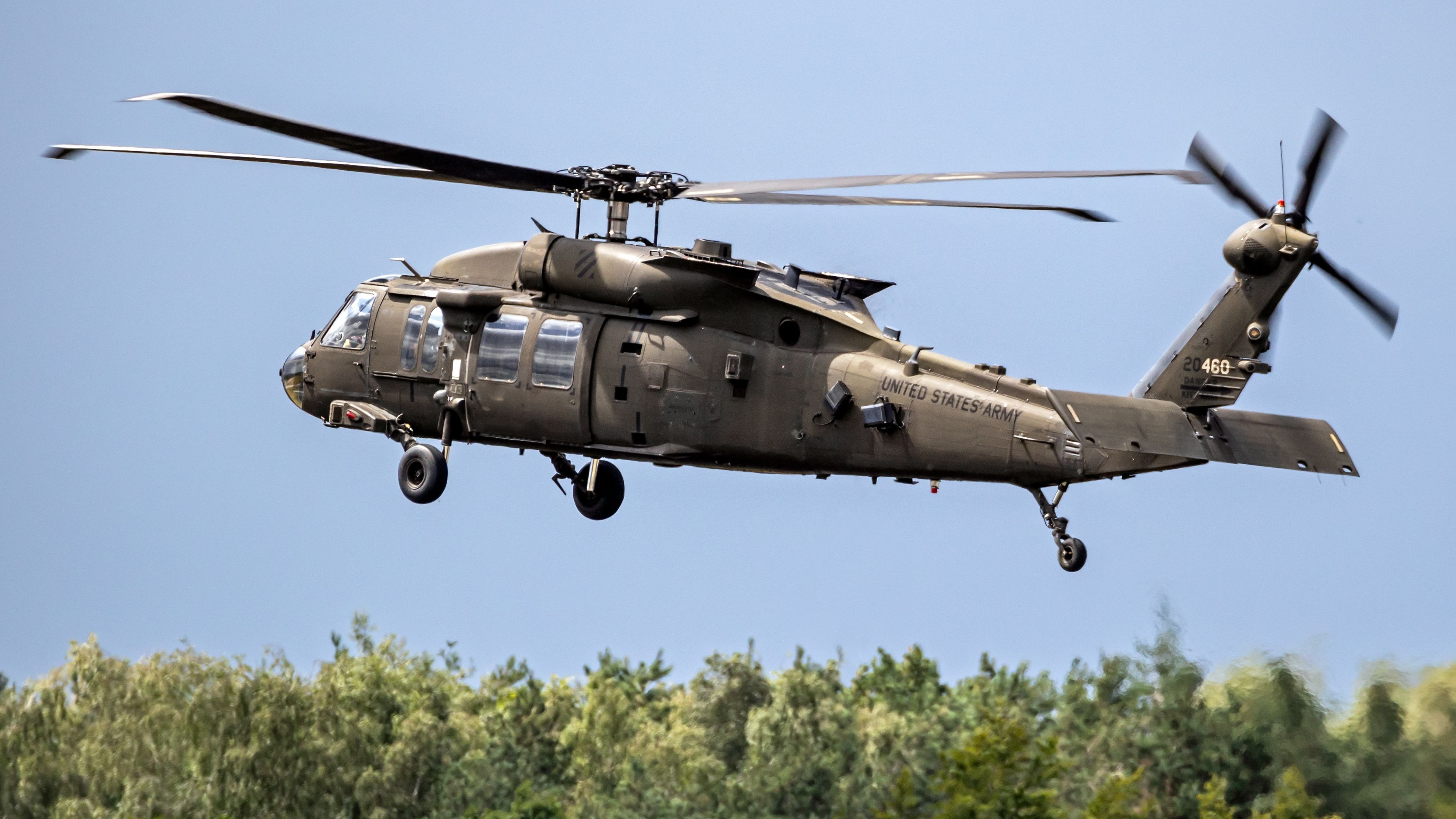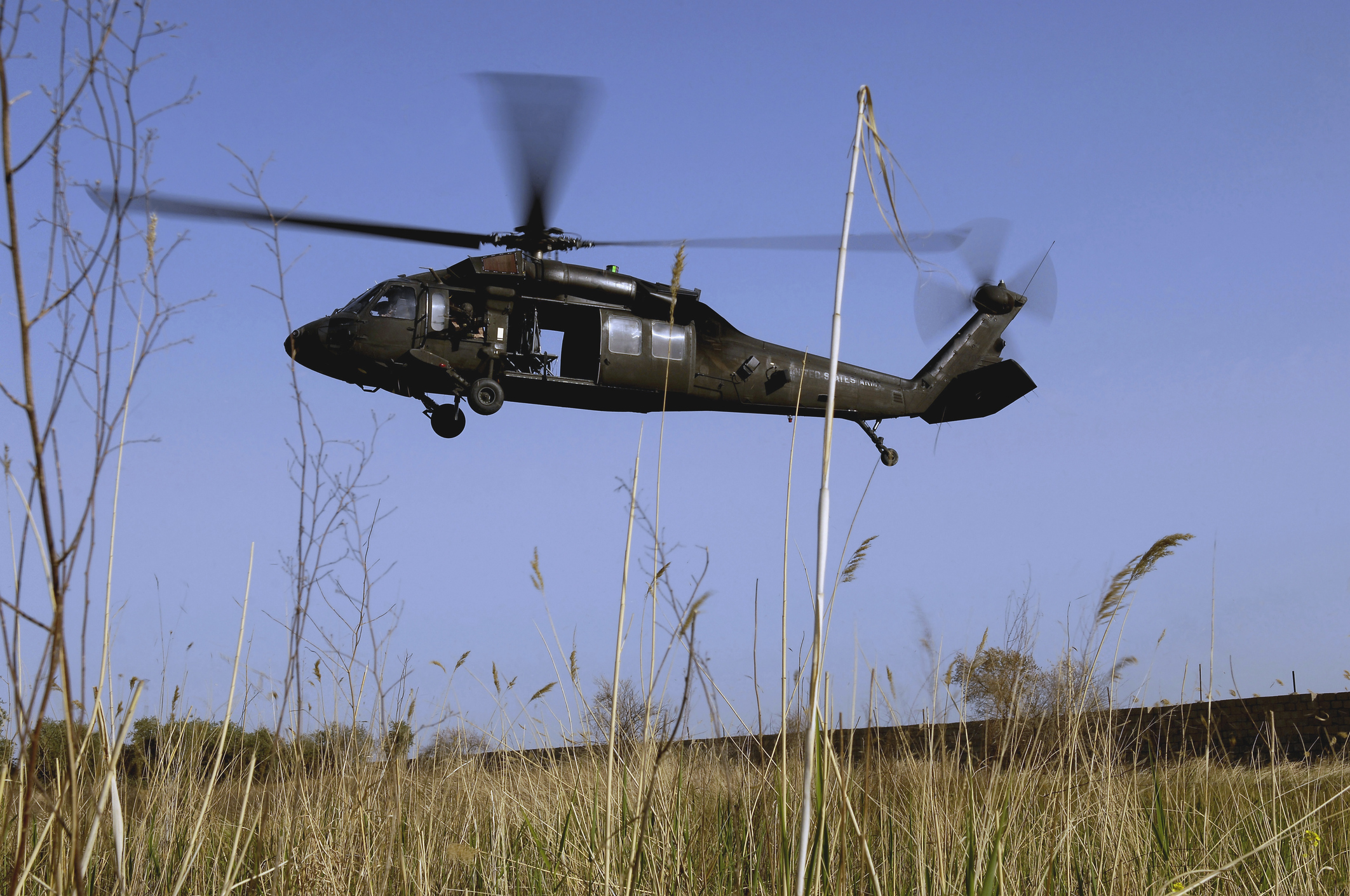UH 60 Helicopter Overview: Key Features and Capabilities for Military Missions
Wiki Article
Checking Out the Background and Evolution of the UH 60 Helicopter

Origins of the UH-60
The origins of the UH-60 helicopter can be traced back to the late 1960s, a period marked by the requirement for a flexible utility aircraft that might adapt to the progressing needs of modern-day war. The U.S. Military acknowledged the need for a substitute for the older UH-1 Iroquois, which was becoming significantly insufficient for the intricacies of contemporary combat situations. In 1967, the Military started the Utility Tactical Transportation Aircraft System (UTTAS) program, which sought to develop a multi-role helicopter with the ability of various missions, consisting of army transport, medical discharge, and logistical support.The design competitors brought in several aerospace makers, however it was Sikorsky Aircraft Corporation that eventually safeguarded the agreement in 1972. The UH-60 Black Hawk was introduced, showcasing innovative design aspects and advanced technology that set it in addition to its predecessors. Its initial flight happened in 1974, and the aircraft was formally adopted by the Army in 1979. The UH-60 quickly obtained acknowledgment for its durable efficiency, dependability, and adaptability, paving the method for its considerable usage in armed forces operations and strengthening its status as a cornerstone of united state Army air travel.
Secret Design Attributes
Ingenious layout features of the UH-60 Black Hawk considerably add to its functional efficiency. One of one of the most notable aspects is its twin-engine configuration, which enhances integrity and provides a greater power-to-weight ratio, enabling the helicopter to do under various conditions. The airplane's four-blade main rotor system uses boosted lift and maneuverability, important for tactical objectives.
Furthermore, the cabin is developed for ideal presence and functional designs, featuring sophisticated avionics that enhance pilot procedures. The modular layout of the UH-60 enables for very easy upkeep and flexibility, making it ideal for numerous goal profiles, from army transportation to medevac procedures. These crucial layout attributes make sure that the UH-60 Black Hawk stays a trustworthy and versatile property in armed forces aeronautics, with the ability of satisfying the demands of modern-day war.
Technological Improvements
Recent technological advancements in the UH-60 Black Hawk have substantially boosted its functional capacities and versatility. The combination of advanced avionics, such as digital trip control systems and boosted situational awareness screens, enables pilots to operate with raised precision and effectiveness. These systems promote enhanced navigating, communication, and data sharing, making it possible for the helicopter to function efficiently in diverse atmospheres.In addition, the intro of composite materials has minimized the total weight of the airplane while keeping architectural honesty. This decrease boosts gas performance and prolongs operational variety. The unification of innovative blades technology, including making use of four-blade, totally articulated blades systems, has actually enhanced lift performance and ability to move, enabling much better handling in numerous trip problems.

Moreover, innovations in propulsion systems, such as the T700-GE-701D engines, have enhanced power output and integrity - uh 60. These engines add to remarkable efficiency in hot-weather and high-altitude problems
Last but not least, the assimilation of self-defense systems and improved sensing unit plans improves the Black Hawk's survivability and goal effectiveness. Collectively, these technical renovations make certain that the UH-60 Black Hawk stays a vital asset in click here to read modern-day air travel, see this page efficient in adapting to the evolving needs of armed forces and altruistic objectives.
Role in Armed Force Workflow
As the foundation of U.S. Army aeronautics, the UH-60 helicopter plays a crucial duty in various armed forces operations, acting as a flexible system for battle support, transport, and medevac missions - uh 60. Its style integrates the capability to run in diverse settings, making it crucial for troop activity and logistical assistance in both traditional and non-traditional war
In clinical evacuation scenarios, the UH-60 has confirmed invaluable, significantly minimizing the moment to transport injured soldiers from the battleground to medical facilities. Its advanced avionics and evening vision abilities even more ensure mission success under tough problems. In general, the UH-60 helicopter remains an important possession, continuously adjusting to satisfy the evolving demands of military procedures and enhancing the performance of U.S. forces worldwide.
Future of the UH-60
Looking in advance, the future of the UH-60 helicopter includes considerable innovations in innovation and capabilities developed to boost its operational performance. As military procedures develop, the UH-60 is anticipated to include innovative technologies, consisting of improved avionics, improved tools systems, and advanced interaction tools. These enhancements will certainly enable better situational recognition and important source objective versatility, making sure that the UH-60 stays a vital asset on the combat zone.
One significant development is the combination of fly-by-wire systems, which will certainly improve flight control accuracy and minimize pilot workload. Efforts to upgrade the airframe and engines aim to increase payload, speed, and array ability, therefore broadening the helicopter's functional range.
The future also holds guarantee for enhanced interoperability with unmanned aerial systems (UAS), making it possible for collaborated missions that utilize both manned and unmanned abilities. Furthermore, the incorporation of expert system and maker knowing might optimize flight dynamics and maintenance procedures, bring about lowered functional expenses.
Conclusion
The UH-60 Black Hawk helicopter stands for a substantial accomplishment in military air travel, evolving from the U.S. Military's first demands for a flexible energy airplane. Its ingenious layout functions and continual technical improvements have guaranteed its significance in various armed forces procedures over the decades. As the demands of modern-day warfare adjustment, the future of the UH-60 will likely include further enhancements and adjustments, enhancing its condition as a crucial possession for militaries worldwide.The UH-60 Black Hawk helicopter represents a considerable landmark in army air travel, emerging from the U.S. Army's pursuit for a more flexible and reputable utility aircraft in the late 20th century.The beginnings of the UH-60 helicopter can be traced back to the late 1960s, a duration marked by the requirement for a versatile energy airplane that can adjust to the advancing demands of modern warfare. On the whole, the UH-60 helicopter stays a vital possession, continually adapting to fulfill the advancing needs of military procedures and boosting the effectiveness of United state pressures worldwide.
Looking ahead, the future of the UH-60 helicopter entails considerable developments in modern technology and capacities made to boost its operational performance.The UH-60 Black Hawk helicopter represents a significant success in army aeronautics, evolving from the United state Military's first demands for a flexible energy aircraft.
Report this wiki page